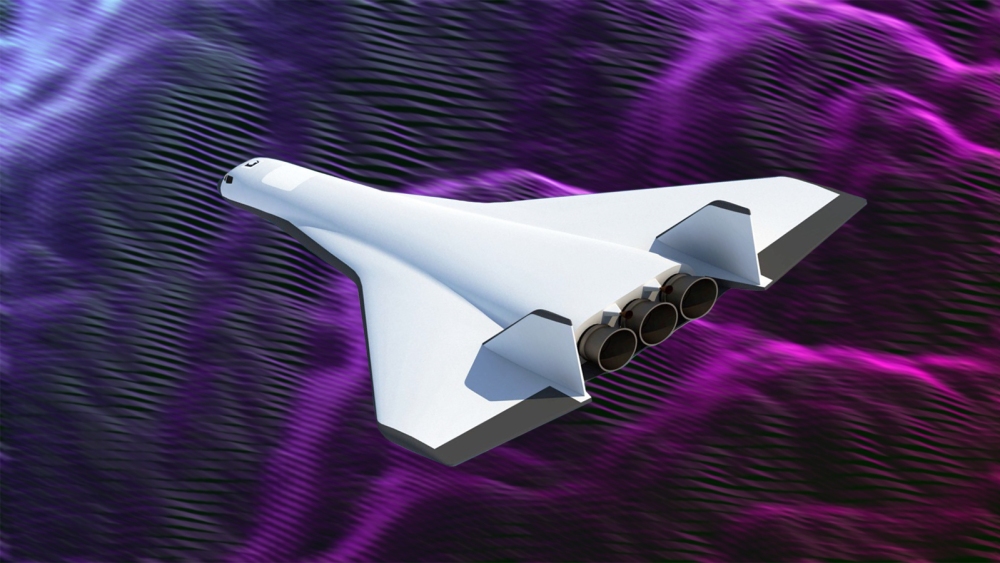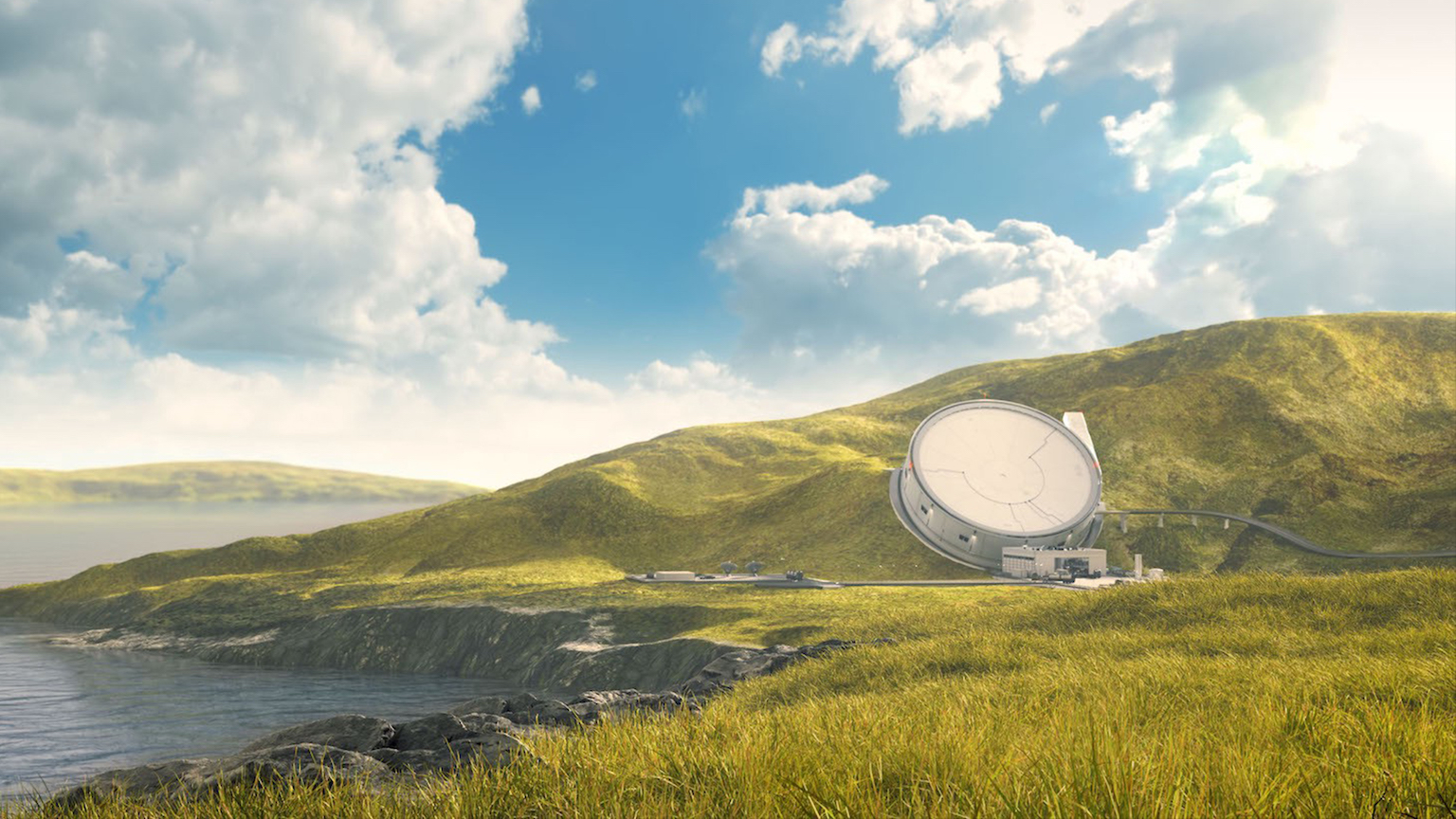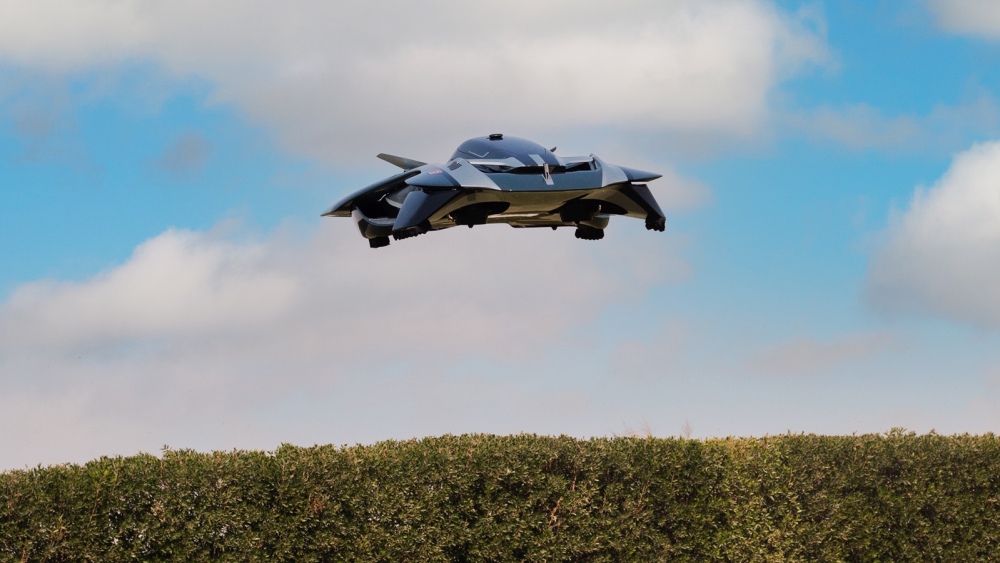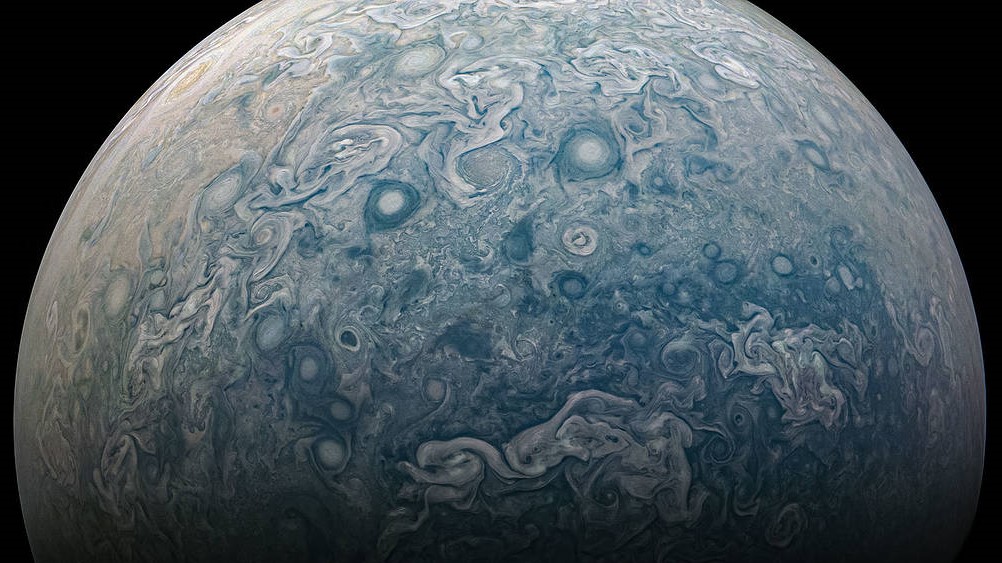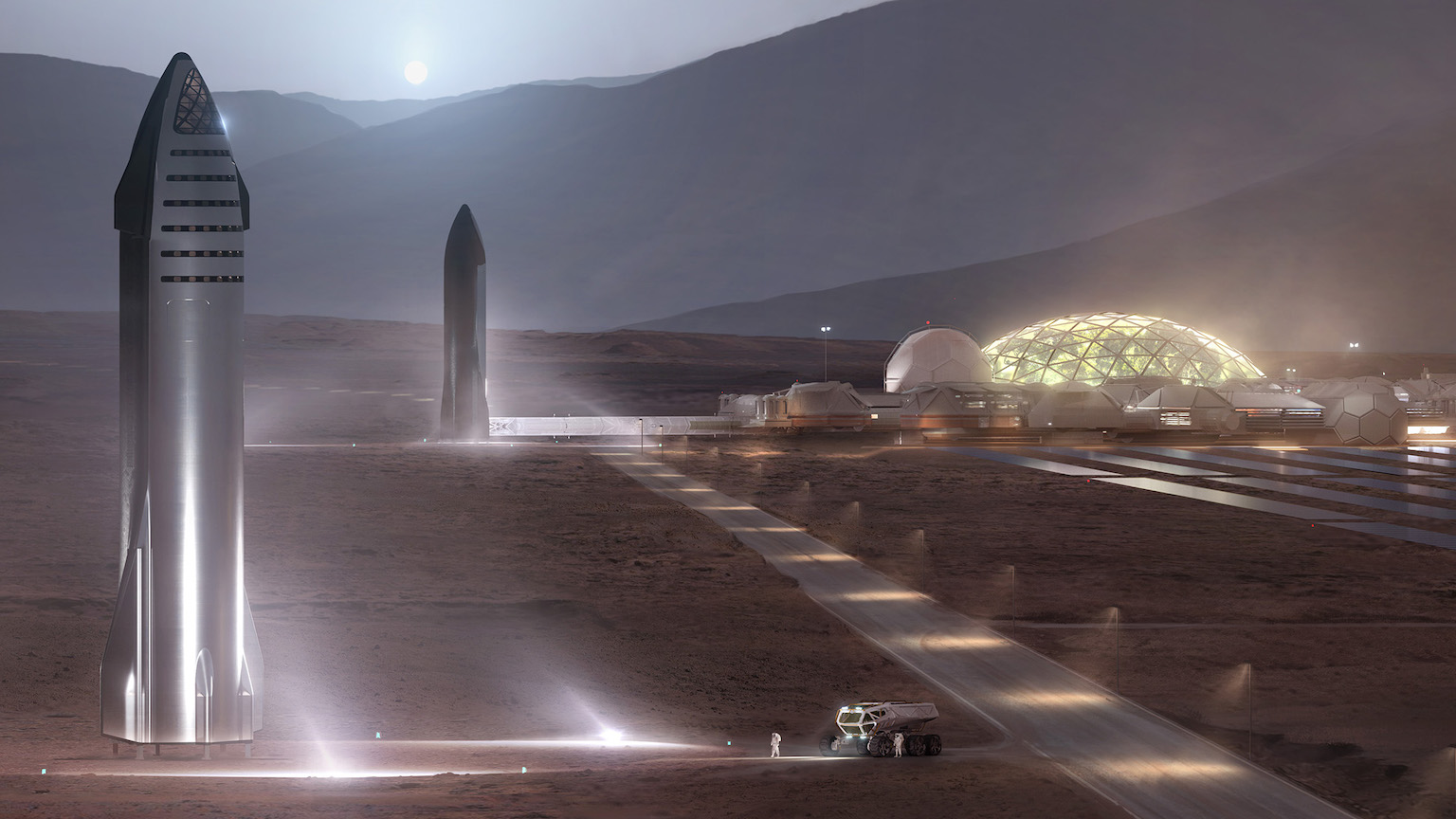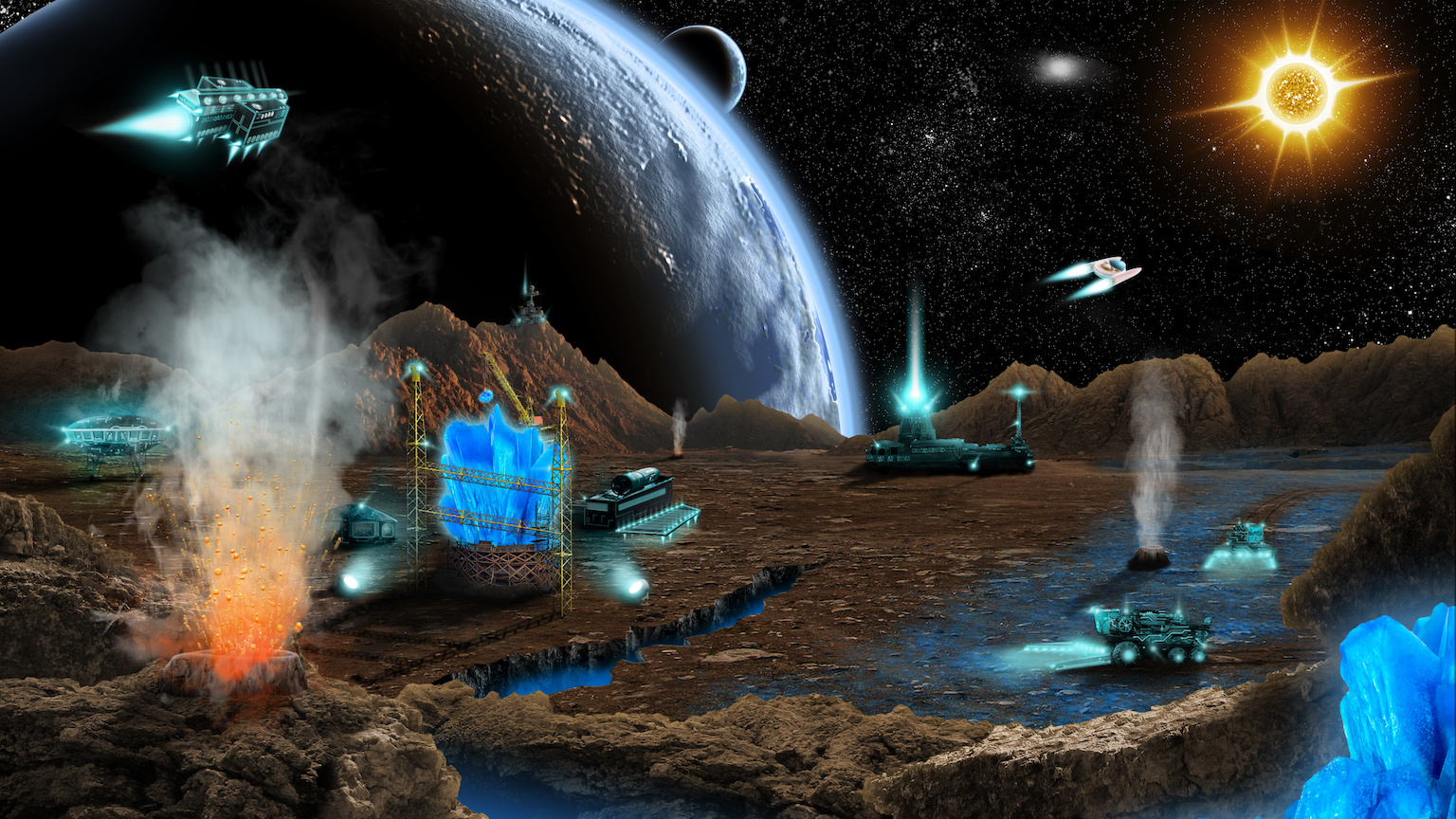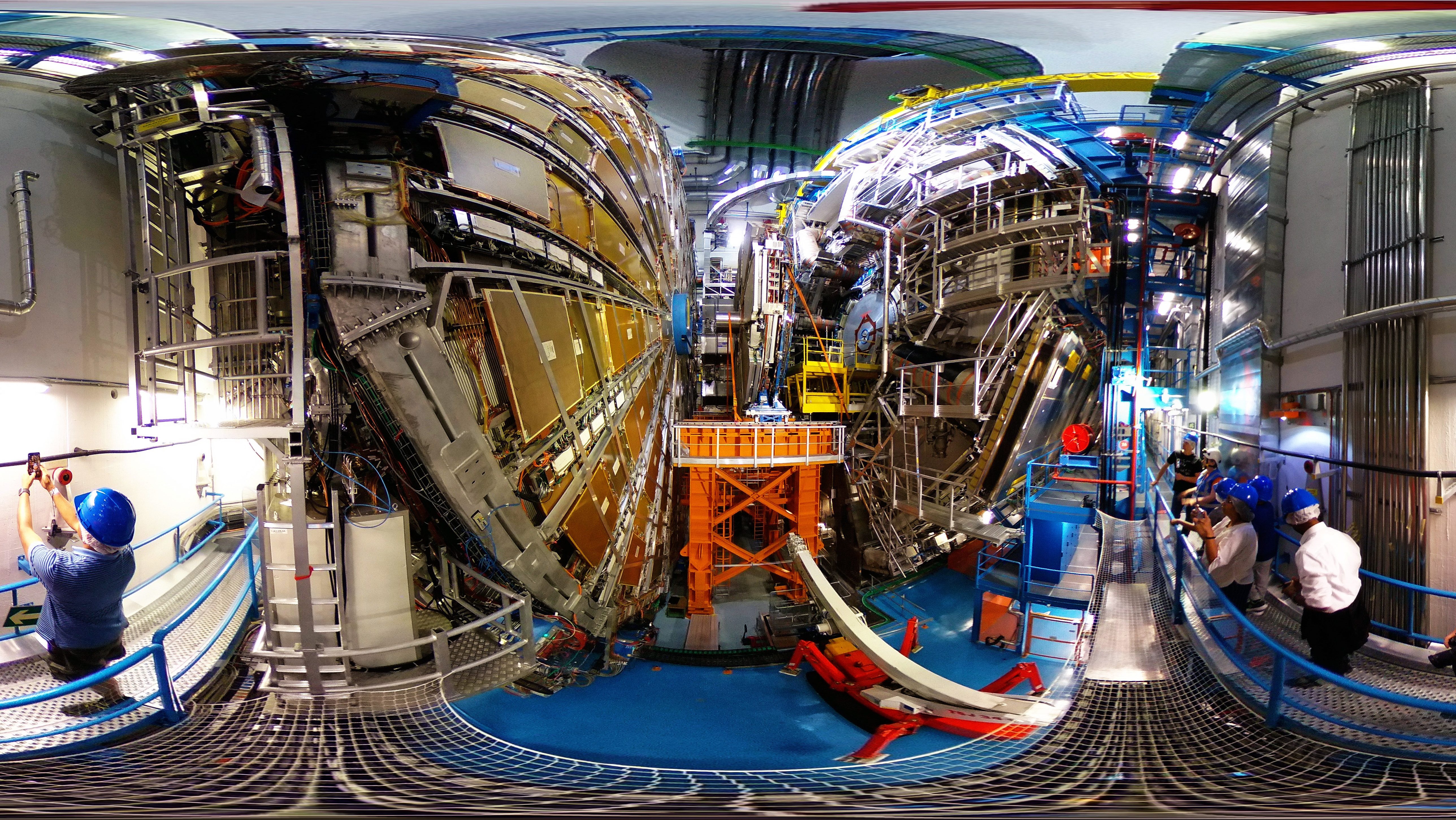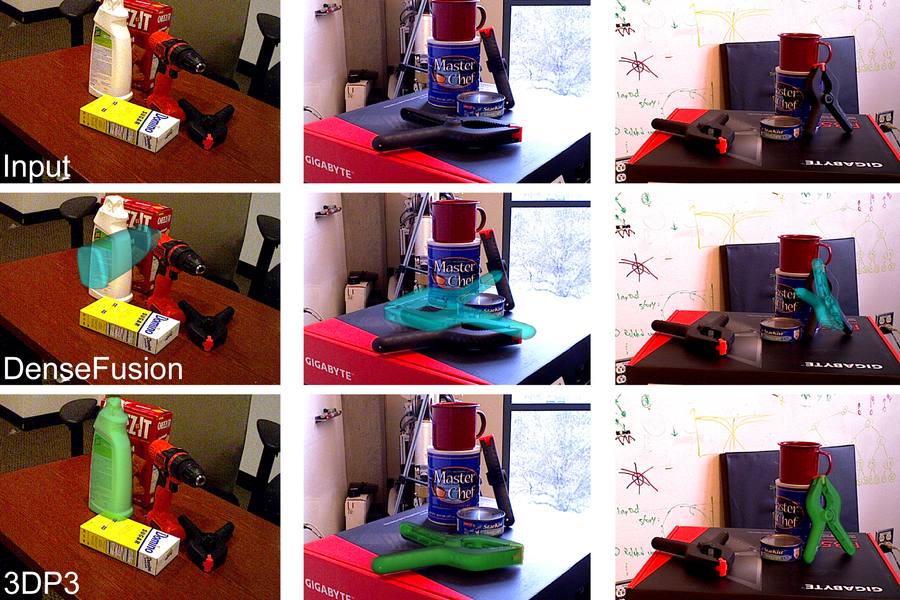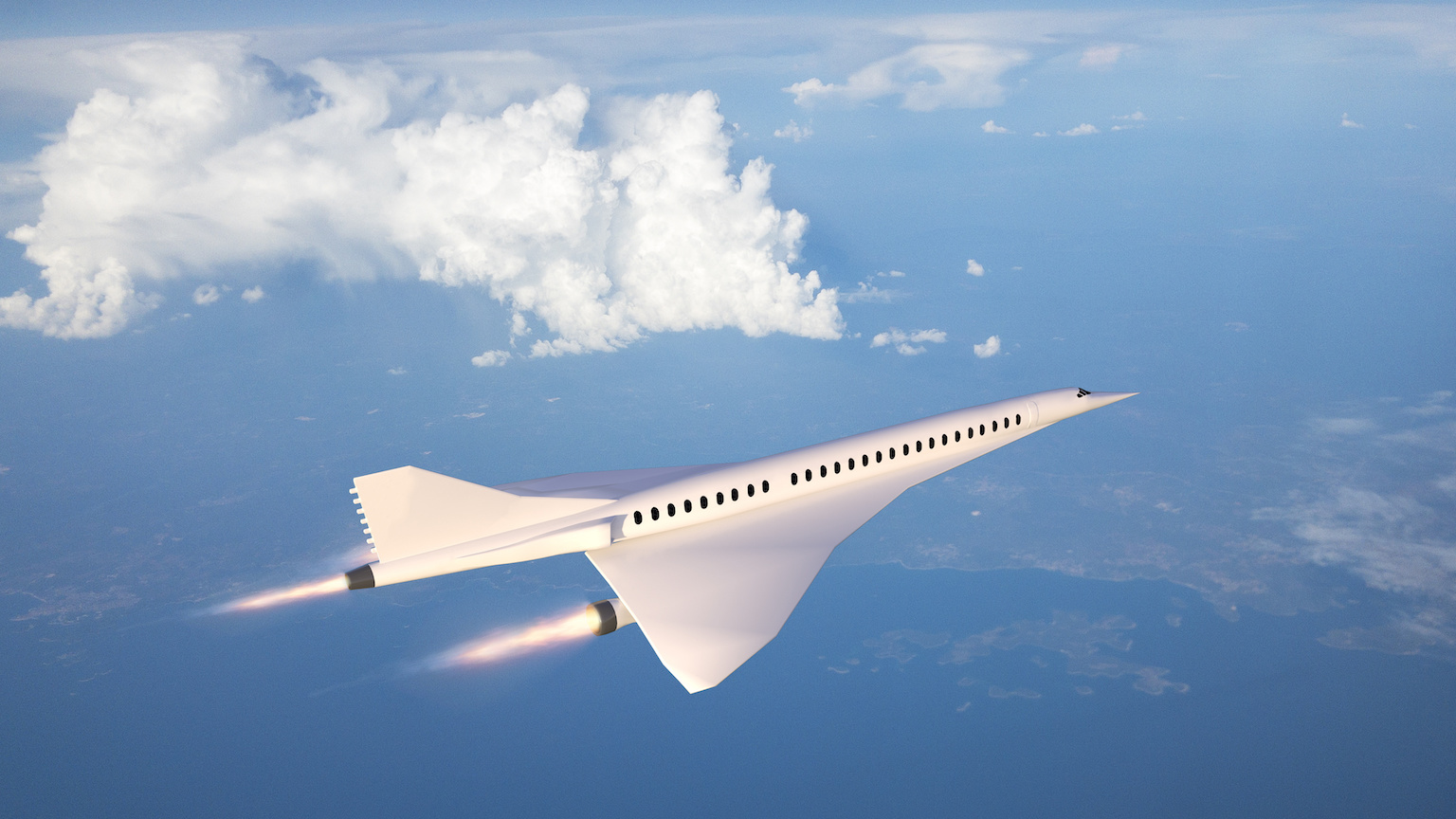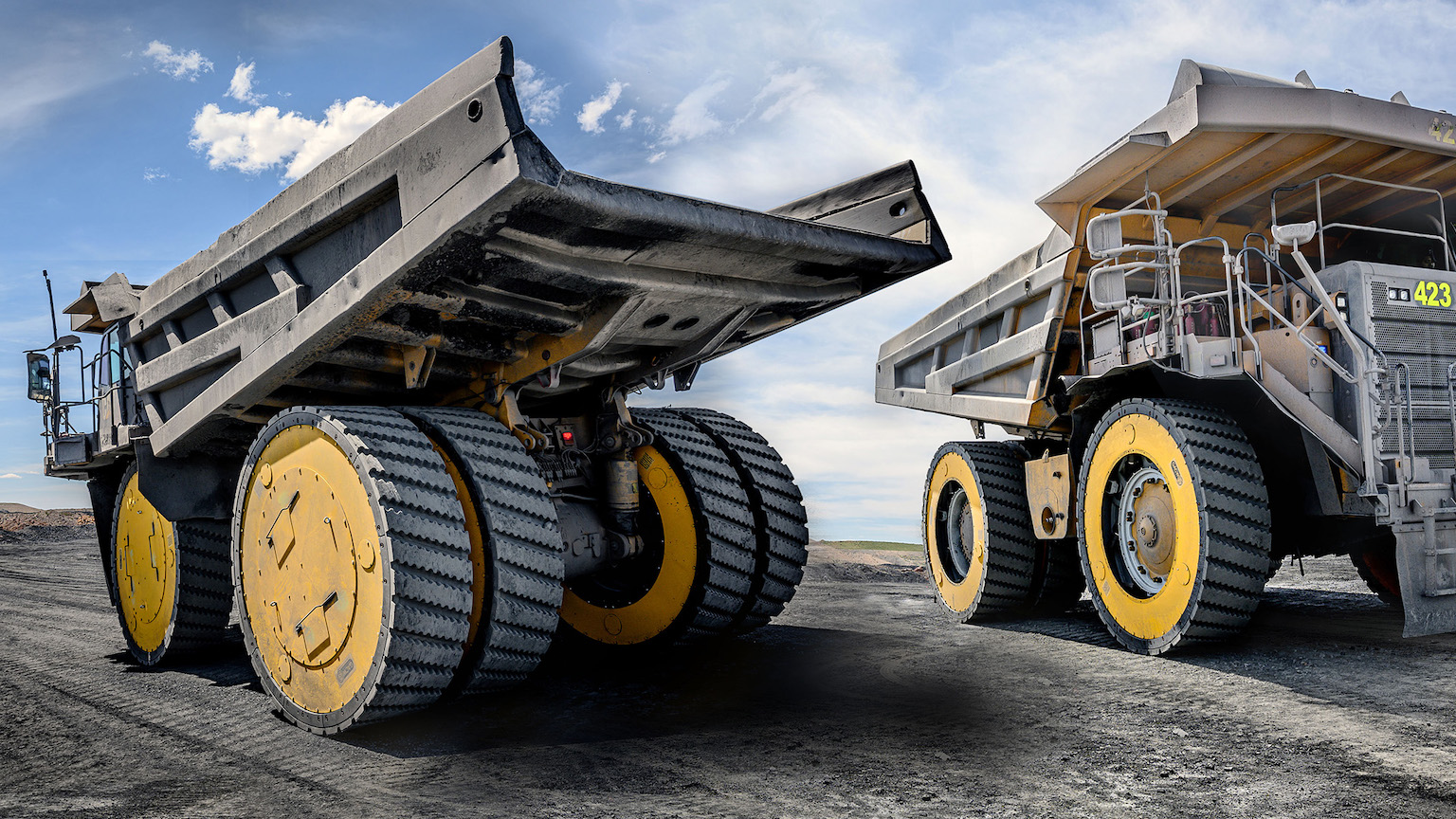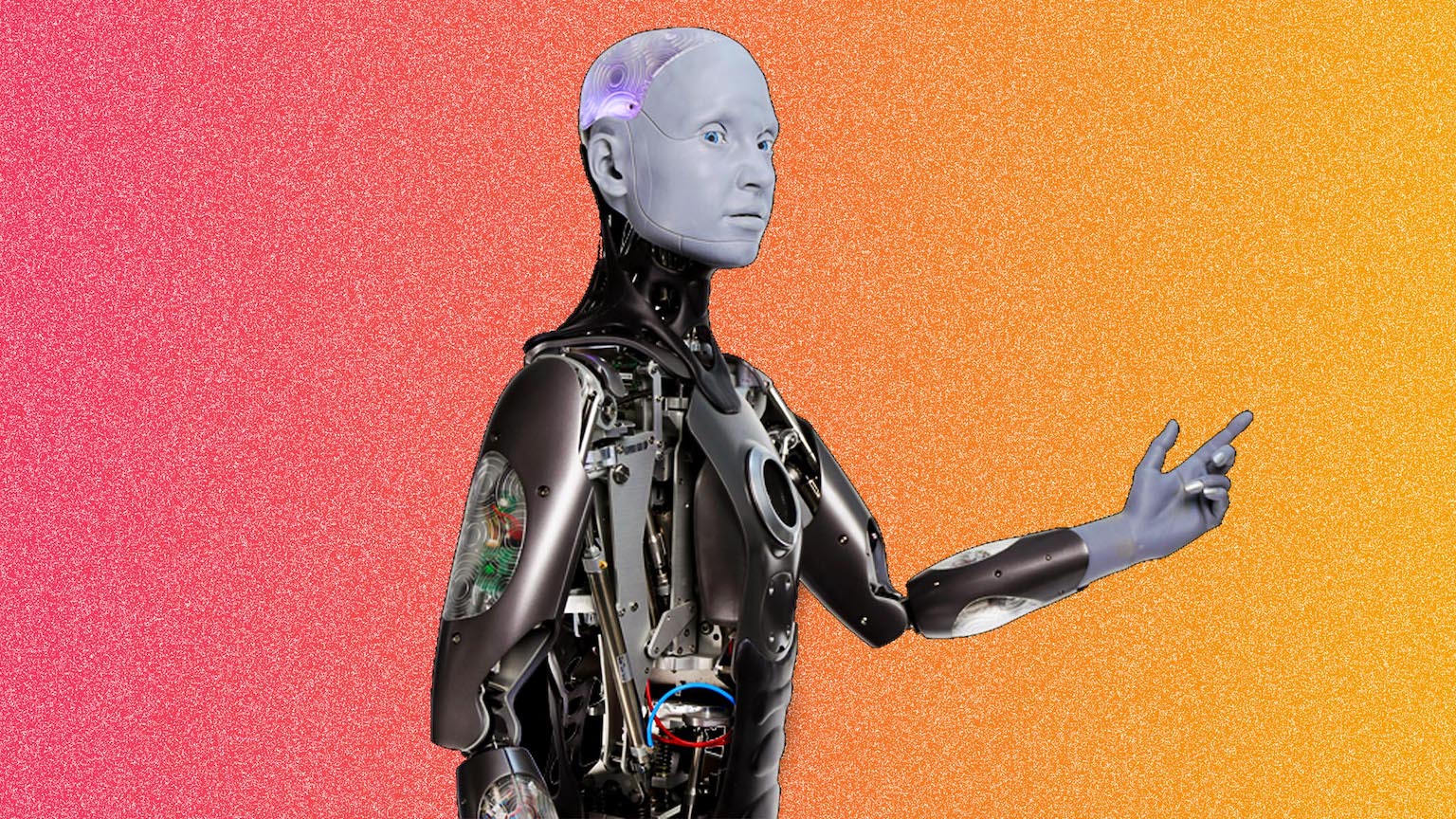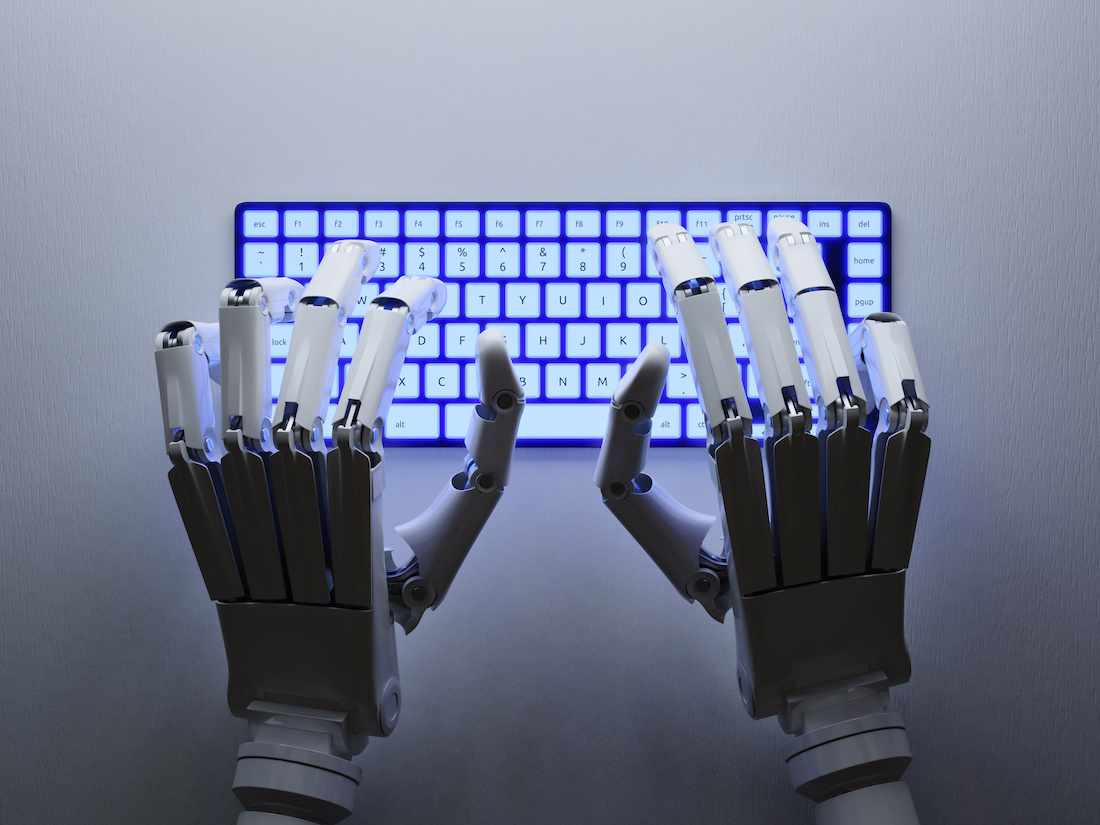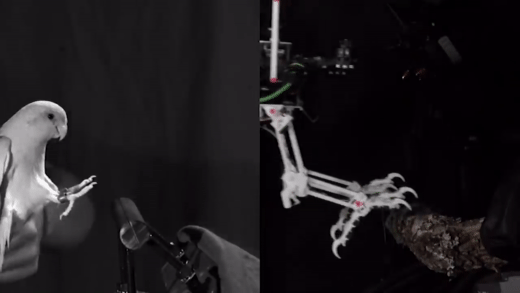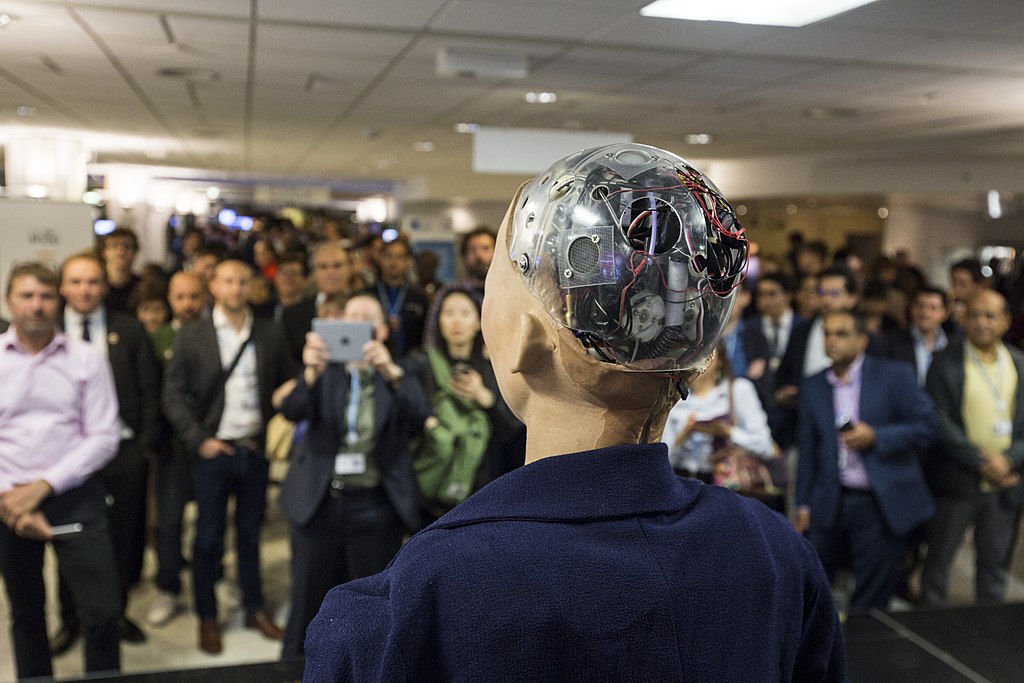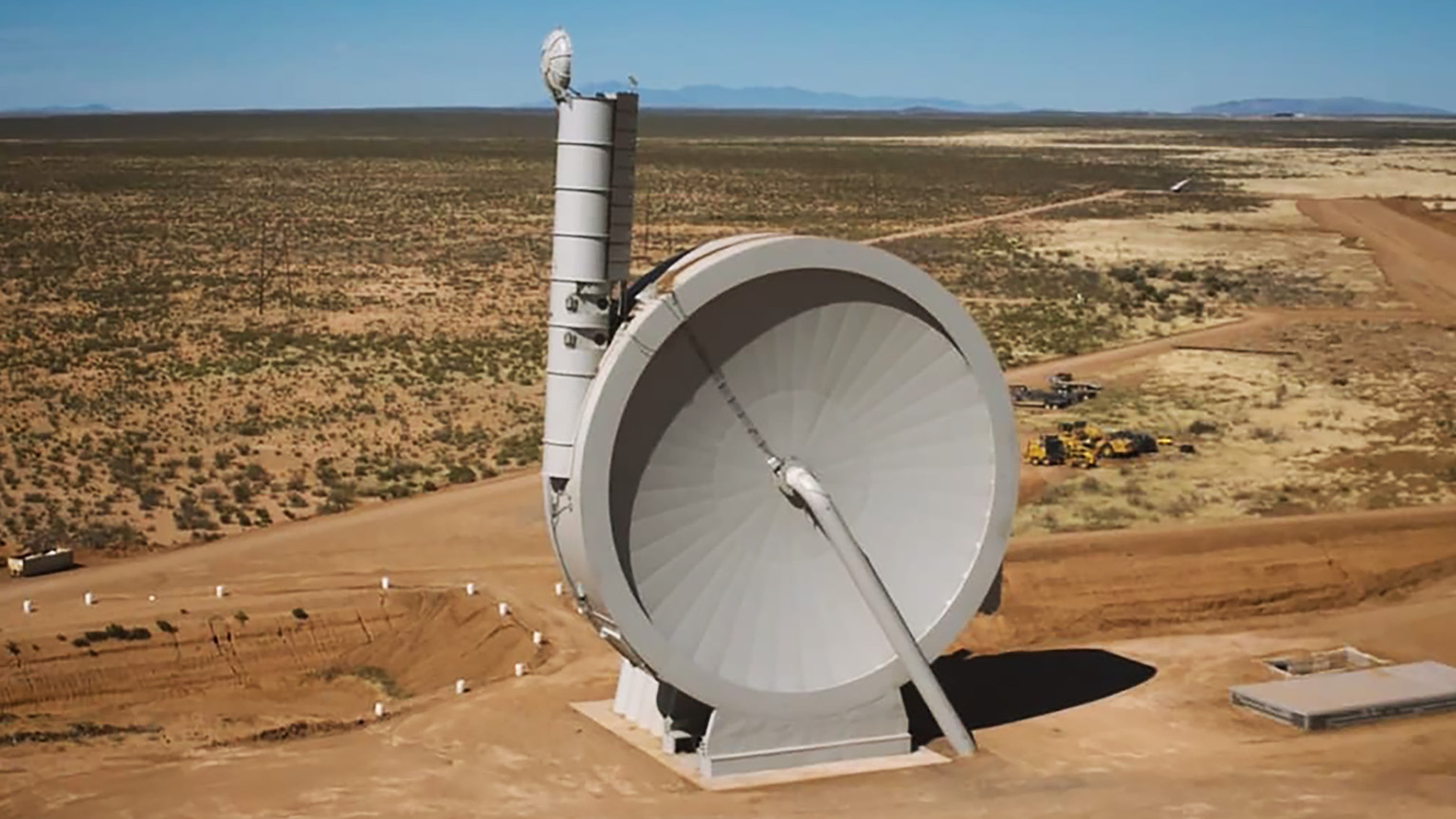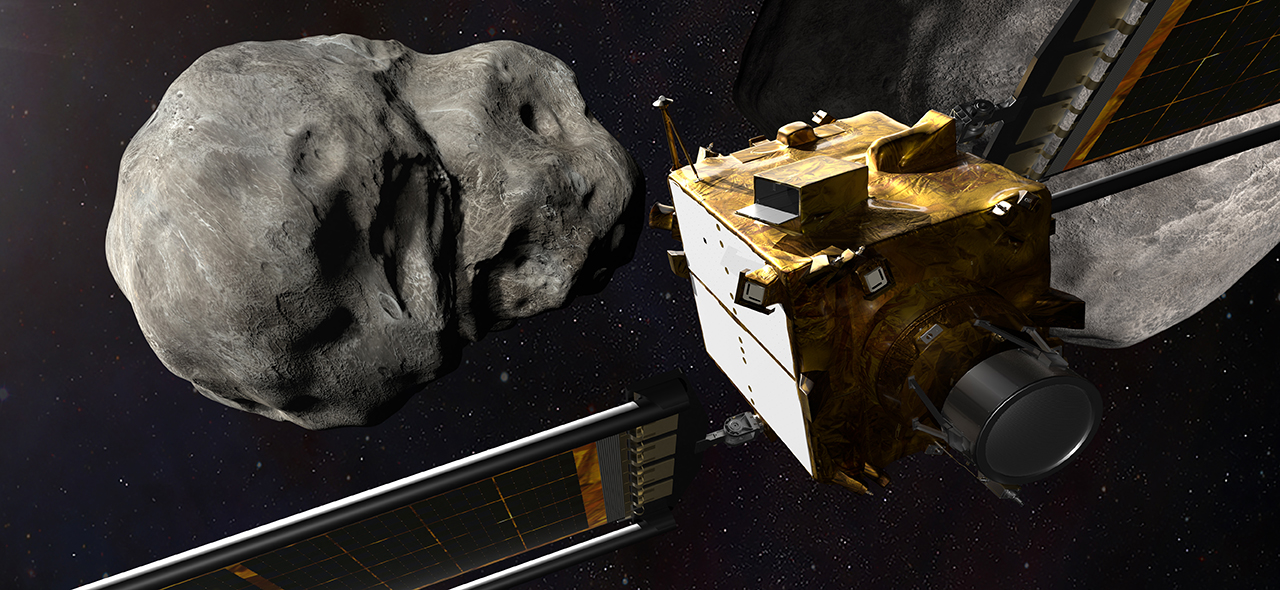Emerging Tech
Space planes could radically lower the cost of spaceflight.
Besides offering an incredibly cool way to get stuff into space, SpinLaunch promises to reduce the cost of a launch by 20-fold.
This flying car — more properly called an “electric vertical takeoff and landing (eVTOL) vehicle”
— will seat five and fly up to 135 mph.
The book “The Genesis Machine” outlines the promise and peril of synthetic biology, a powerful tool that will allow us to program life like a computer.
It is often assumed that AI will become so advanced that the technology will be able to do anything. In reality, there are limits.
With a new telescope on the horizon, we reflect on the best pictures of space that came before.
It’s no longer just VR vs. AR. There is an alphabet soup of metaverse acronyms, often used imprecisely. So, what do they all mean?
The massive craft could carry 100 humans to Mars and revolutionize space exploration.
On December 19 1972, astronauts Eugene Cernan, Harrison Schmitt and Ronald Evans splashed down safely in the Pacific Ocean, ending the Apollo 17 lunar mission. They were the last people to travel […]
Coupled with 3D printing, biomining the Moon or Mars with microbes could sustain human colonies without constant re-supply from Earth.
The Virtual Metaverse will be for gaming and other short duration uses, while the Augmented Metaverse will revolutionize society.
New technology is helping physicists move forward in the search for the Theory of Everything.
Hybrid working, robot fast food workers, and the rapid acceleration of NFTs are just the beginning.
A new “common-sense” approach to computer vision enables artificial intelligence that interprets scenes more accurately than other systems do.
One day, we could fly across the U.S. in half an hour. A state-of-the-art hypersonic flight testing facility at UTSA could help make that dream a reality.
A century ago, electric cars were common. The fact that they were almost entirely replaced due to the internal combustion engine is a testament to the glacial pace of battery breakthroughs.
The model is almost eight hours ahead of a doctor’s recognition of a patient’s deterioration.
Steel tires may be better for the planet and could replace rubber.
Humanoid robots are coming, and Ameca is designed to be the ideal platform to study human-robot interactions.
The AI remembers that you are 32 years old and like to eat sushi, except on Thursdays.
GPT-3, which features 175 billion parameters, just might fool you in a conversation.
The metaverse has the potential to be revolutionary, for both good and bad. Here is how we can maximize the former and prevent the latter.
Drones have a lot to learn from the landing abilities of birds.
The most technically impressive feats of animation often strike us as eerie instead of impressive, and it’s all thanks to the uncanny valley.
SpinLaunch’s launcher, which is larger than the Statue of Liberty and works like the Olympic hammer-throw event, just came online in the New Mexico desert.
In 2022, the probe will crash into an asteroid while a nearby satellite captures it on camera.
The paper-thin device may also someday be used to stimulate bone growth.
A recent study overviews the thinnest X-ray detector ever created.
